
Videogames and the Oscars Part II - Article
by VGChartz Staff , posted on 21 February 2015 / 3,817 ViewsWe continue with our article series examining the outcome of videogames based on Oscar nominated films by looking at those tie-ins produced by the videogame industry after its revival (and despite E.T.'s best attempts to kill it). If you missed it the first time around, you can read Part I here.
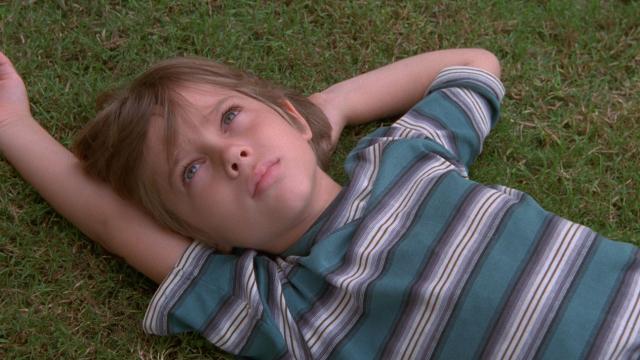
Beauty and the Beast (1991)
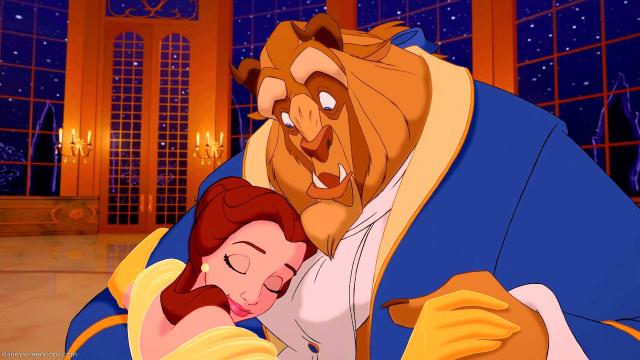
The third film in Disney’s late 80s/early 90s animated renaissance following The Little Mermaid and The Rescuers Down Under, Beauty and the Beast became the first animated feature ever to be nominated in the Best Picture category. Based on the classic French fairy tale, the film employed cutting edge animation techniques for its time—especially in its iconic ballroom dance sequence—an award-winning soundtrack, and memorable twists on familiar characters that allowed it to become one of the most beloved movies in Disney’s movie catalogue.
As was common practice for 90s era Disney, a pair of straight-to-video sequels were produced, but these have fallen by the wayside in terms of pop culture relevance. A live action remake starring Emma Watson as Belle is forthcoming. Silence of the Lambs prevailed over Beauty and the Beast for the 1991 Best Picture prize.
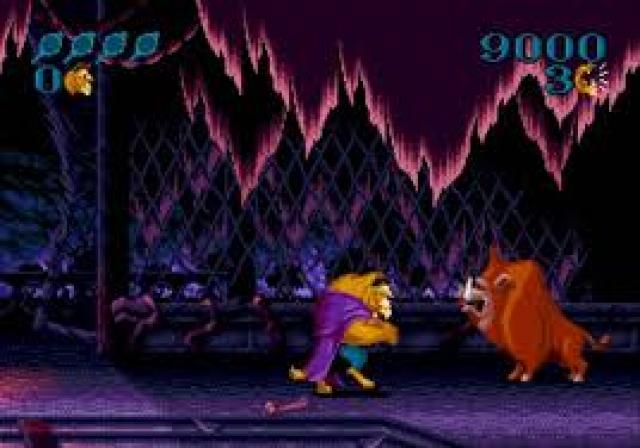
Beauty and the Beast: Belle’s Quest for the Sega Genesis cast the player as the titular heroine who must solve puzzles, complete minigames, and jumping across platforms in order to reach the castle and break the curse upon Beast. A second Genesis game subtitled Roar of the Beast used Beast as the main character, this time in a 2D side-scroller where you had to protect the castle from invading villagers and rescue Belle from Gaston’s self-centered clutches.
Beauty and the Beast: A Boardgame Adventure for the Gameboy Color followed in 1999, but the most memorable videogame representation of the film has been in Disney and Square Enix’s JRPG mash-up Kingdom Hearts series, where Beast proves to be a powerful AI ally in the fight alongside Sora and company.
Pulp Fiction (1994)
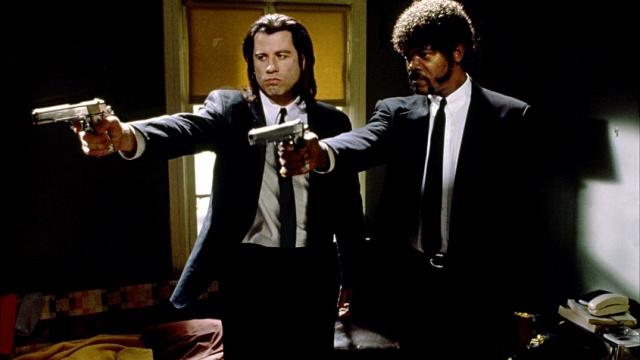
Pulp Fiction’s plot is difficult to describe. It's an interwoven tale of crime and coincidence, involving mob hitmen, an on-the-run boxer, and a pair of lovers/stick-up-artists. You don’t watch Pulp Fiction for the plot, however, but for the exquisite dialog, abundance of pop culture references, and unique storytelling structure, all of which imbue this mid-90s classic with a profound sense of “cool.” Edgy, violent and irreverent, most people were not surprised when Pulp Fiction lost out to the more palatable and commercially successful Forrest Gump for Best Picture in 1994.
Okay, so Pulp Fiction does not have a proper videogame based on it, so I admit I am cheating a little here by including it on the list. However, this nifty video that imagines what an 8-bit version of a Pulp Fiction game (created by David Dutton) would be like has been circulating the internet for a few years and is simply too tantalizing to ignore.
The video is part of Cinefix’s 8-bit cinema series, in which they imagine contemporary and classic films as videogames from the 8-bit era. In terms of real games you can actually play, the closest you can get to a Pulp Fiction game is with the Reservoir Dogs game, based on Quentin Tarantino’s lauded first feature film. Reservoir Dogs and Pulp Fiction actually take place in the same narrative universe.
The game was refused a rating classification in Australia due to its violent content, effectively banning it from going on sale in the country, but Asurtalians weren't missing out on muxh - it received universally poor reviews, despite expanding quite nicely on the story of the film. Michael Madsen, who played Mr. Blonde, was the only actor from the original film to provide his likeness.
Crouching Tiger, Hidden Dragon (2000)
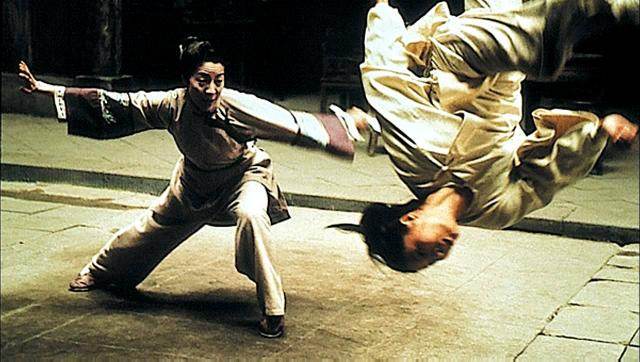
Crouching Tiger, Hidden Dragon is a martial arts film directed by Ang Lee, starring Chow Yun-fat, Zhang Ziyi, and Michelle Yeoh. The surprisingly deep plot, involving a feud over a coveted sword and the fate of mismatched lovers, has enough twists and turns for a full season of a soap opera. The stunning fighting choreography and wild acrobatics make the film seem like a beautiful hybrid of martial arts and ballet.
Crouching Tiger, Hidden Dragon was nominated for 10 Oscars, winning four including Best Foreign Language Film and Best Cinematography. The Mandarin Chinese film also has the highest box off gross for a foreign language film in the United States. Apparently the Academy was not sufficiently entertained by Crouching Tiger, Hidden Dragon; the awarding for Best Picture went to Gladiator instead. A sequel, Crouching Tiger Hidden Dragon II: The Green Destiny, will release this summer at select IMAX theater locations and on Netflix.
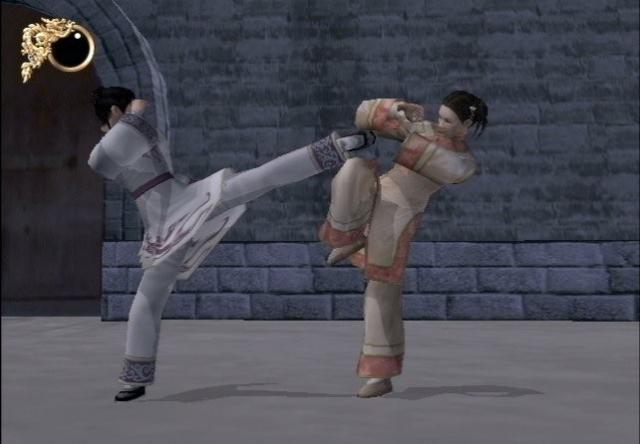
A Crouching Tiger, Hidden Dragon game was released by Ubisoft three years after the original film. The game followed the same plot as the movie and even included the same award-winning music for its soundtrack. Unlike the film, however, the Crouching Tiger, Hidden Dragon videogame met with an unfavorable critical reception. The main complaints? A shallow combat system, frustrating camera, and dull level design.
The Lord of the Rings Trilogy (2001, 2002, 2003)
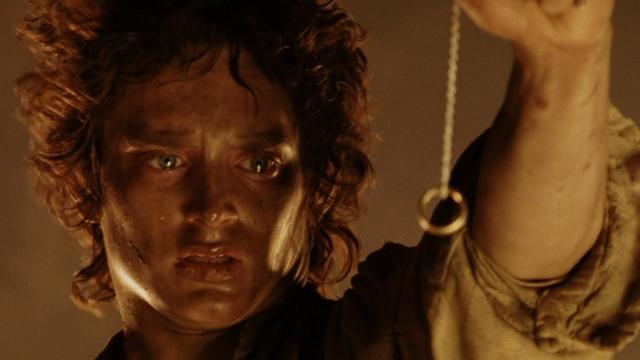
J.R.R. Tolkein’s high fantasy masterpiece was long thought to be impossible to adapt to film. Peter Jackson, Fran Walsh, Phillipa Boyens and a whole host of other talented creative minds banded together to make the impossible possible. Backed by a strong ensemble of performers, a lush New Zealand landscape, and WETA Digital’s special effects wizardry, The Lord of the Rings trilogy became a cinematic phenomenon, earning both massive box office receipts and overwhelming critical acclaim.
After losing out to a drama about a college professor with imaginary friends (A Beautiful Mind, 2001), and a musical about a pair of murderesses who sing and dance their way off death row (Chicago, 2002), The Lord of the Rings finally attained maximum Oscar glory when The Lord of the Rings: The Return of the King completely dominated the 2003 awards ceremony, winning in all 11 categories it was nominated for, including Best Picture.
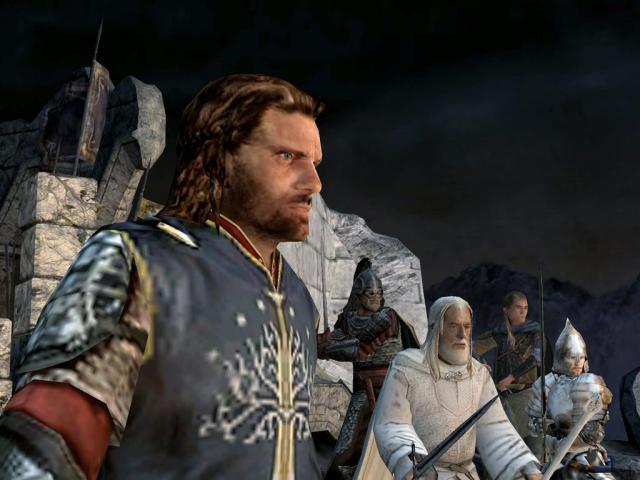
Okay so pay attention, The Lord of the Rings’ history with videogames is a meandering one. With the impending release of Peter Jackson’s trilogy, EA acquired the license to produce games based on the films. However, Sierra Entertainment held the rights to make games based on Tolkien’s novels at roughly the same time.
Sierra’s adaptation of The Lord of the Rings: The Fellowship of the Ring released on Xbox, PS2, and PC in 2002 to largely negative reviews. The game was barred from using any material from the film and its depiction of Middle Earth did not compare favorably to what had already been accomplished on the silver screen. Though Sierra released other games based in Middle Earth, plans for two LoTR sequels were scrapped.
Later that same year EA released The Lord of the Rings: The Two Towers, which was developed by Stormfront Studios and incorporated the events of the first two films. A hack-and-slash third person action game, EA’s rendition earned positive reviews and sold over four million copies. In 2003, The Lord of the Rings: The Return of the King the videogame achieved even greater success. As it stands, The Lord of the Rings: The Return of the King is the only game adaptation to release alongside a film that won Best Picture.
Up (2009)
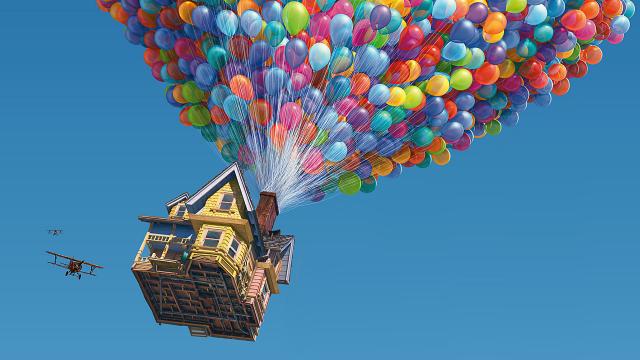
A film known for having perhaps the saddest, most touching opening 10 minutes ever, Up somehow spirals into a fantastical adventure about an old man and a boy scout trying to save an endangered bird in South America. Sandwiched between those moments is another enjoyable animated film from Pixar about Carl Fredrickson, a character who ties thousands of balloons to his house in an attempt to achieve his wife’s lifelong dream of exploring the world.
Up became just the second animated feature to be nominated for Best Picture, although it did occur the year the Academy expanded the number of nominees from 5 to 10. Up had its chances of Oscar glory shot down by The Hurt Locker.
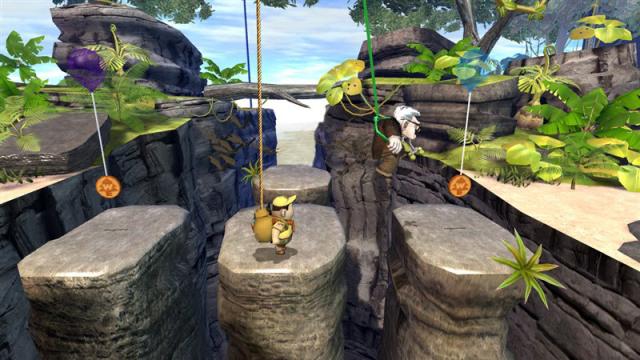
Up was the final Disney/Pixar game to be published by now-defunct publisher THQ. It received mixed reviews and was deemed too simplistic, even for very young kids. The tedious platforming elements were also interrupted by repetitive puzzles and recycled environments. Despite these drawbacks, the voice acting and charming characters saved the game from being a total wash. Still, considering the pedigree of the film it was based on, Up struck a down note as a game.
Avatar (2009)
![]()
Avatar, James Cameron’s first feature film since his runaway success Titanic, was an even grander undertaking in filmmaking technology. Set on the distant moon of Pandora, Avatar stars Sam Worthington as Jake Sully, a paraplegic former marine who agrees to enter the artificial body of an indigenous race known as the Na’vi in order to broker a peace settlement between them and a mining company that is trying to harvest the valuable resource unobtanium.
I could go on a rant about how the film’s lush visuals and 3D photography are simply a cover for a clichéd plot that reinforces the narrative of the white savior, but that is well outside the scope of this article. Avatar became the highest grossing film of all time worldwide and is responsible for the explosion of 3D blockbuster film releases in recent years. Avatar won three Academy Awards but lost Best Picture to Iraq War drama The Hurt Locker.
Incidentally, James Cameron is commissioned to direct three — count them, THREE — sequels to Avatar that will release between 2017 and 2019.
![]()
James Cameron’s Avatar: The Game was developed by Ubisoft Montreal is actually a prequel to the film it is based on. Stephen Lang, Sigourney Weaver, and Giovani Ribisi all reprise their roles in the game, but Zoe Saldana and Sam Worthington do not. Avatar was a third person action game that offered the player the choice of either siding with the Na’vi or the militaristic Ryder corporation.
In line with the film, the game also boasted state of the art stereoscopic 3D graphics output on compatible screens. However this wasn't enough to save it from lackluster reviews across the board, and it was actually the mobile/iOS version that fared best. Despite the tepid critical reception, the game moved more than 2.5 million units.
Toy Story 3 (2010)
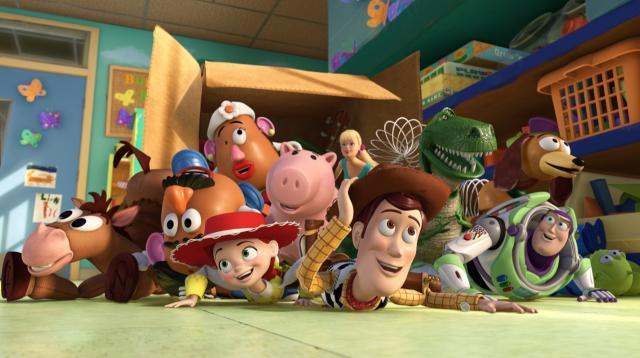
Disney and Pixar decided to bring their beloved Toy Story franchise to a close 11 years after Toy Story 2. Toy Story 3 follows Woody, Buzz and the gang who have resigned themselves to an existence stuck in a dark attic after their beloved owner Andy prepares to go to college, only to then seem to find the perfect new home in a daycare center when Andy’s mother accidentally donates them.
The other toys at the daycare center turn out to be more sinister than they first appear, forcing our heroes to stage a daring escape mission to make it back home in time to see Andy off. Toy Story 3 struck a chord with critics and audiences alike, breaking box office records due to the nostalgia factor and surprisingly resonant themes of change and growing older.
Even though The King’s Speech took the Best Picture crown over Toy Story 3 in 2010, Disney and Pixar can at least take comfort in knowing that they ended the series on a high note, with no loose ends and absolutely no reason to meddle with what some people consider to be a perfect ending. What’s that you say? Toy Story 4 is already scheduled for release in 2017? Those monsters! Is nothing sacred?
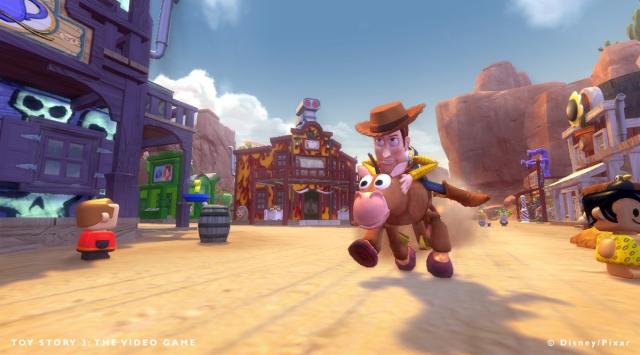
Toy Story 3: The Videogame was developed by Avalanche Studios and released alongside the film in 2010 on six different platforms. Sales tallied more than 5.5 million across those platforms, and surprisingly for a day-and-date tie-in the reviews for the game were mostly positive. This was thanks in large part to its open ended Toy Box mode, which in some ways is a predecessor to the successful Disney Infinity franchise.
While there was a story mode that touched upon the highlights of the film, Toy Story 3: The Videogame felt unique as a piece of entertainment by focusing on recreating the experience of coming up with your own wacky adventures while playing with toys.
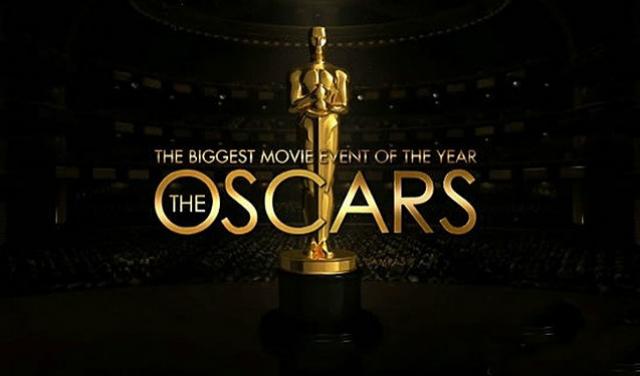
Whew, I hope you learned something - other than that Hollywood just does not know when to say no to a potential sequel. Please share your thoughts, bets, and wishes on who will claim Best Picture this year in the comments section below.








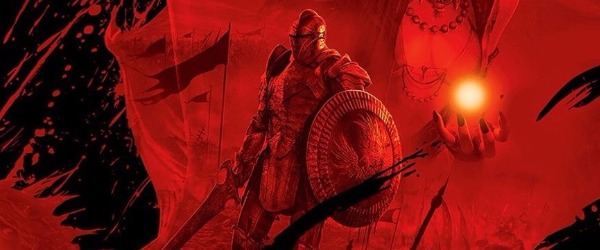
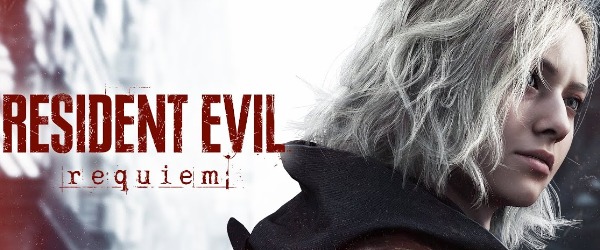
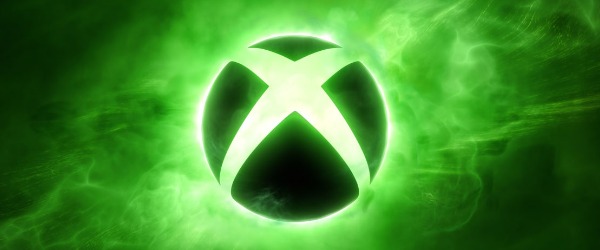
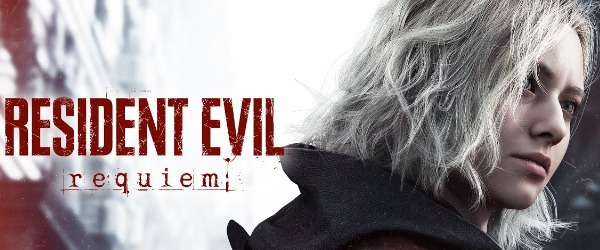










 Essay Pro
Essay Pro